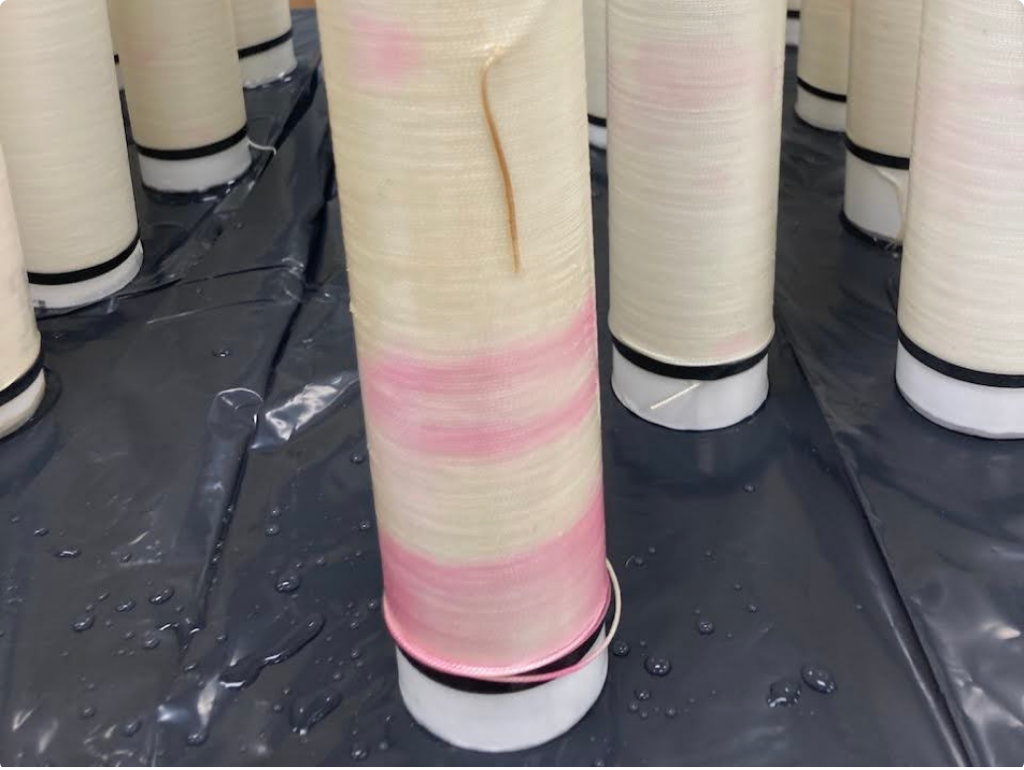Poor biosecurity measures
Back to: Monitoring Growth
A contaminant can be thought of as any organism within your tank that is not supposed to be there and has the potential to outcompete your kelp seed if not managed properly. Contamination most commonly enters your facility on Day 1, when processing the sorus blades from the field. This is why the initial sorus preparation and cleaning steps are so important to the success of your hatchery season.
Poor biosecurity measures, compromised water filtration, and human error can cause contamination to spread or intensify within your culture tanks. Even with the most careful practices, there will likely always be a few spools or an entire tank in which some sort of contamination appears. Considering these variables, it is good practice to account for at least a 30% loss your first growing season. As you become more skilled and practiced with your techniques, that value should decrease significantly.

Common Causes of Contamination
-
-
Compromised water filtration
-
Human error
Some forms of contamination will eventually become visible to the naked eye, but nearly all start off as microscopic organisms. So, in addition to monitoring your seed under the microscope for kelp growth, you should also use your microscope observations as an opportunity to check for contamination. In the following sections, we’ve outlined common contaminants in the hatchery setting. We’ll offer suggestions in the next part of this course and in this Contamination Treatment Chart on how to prevent them in the first place and manage them if they do arise.
If you need help identifying the contaminant that you’re seeing, check out GreenWave’s Contamination Dichotomous Key and the Contamination Identification on Spools Chart, tools that can help you identify what’s growing in your tanks based on observable traits.